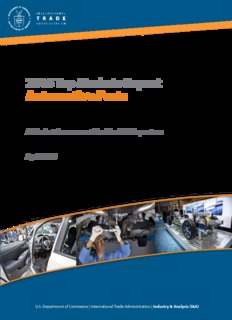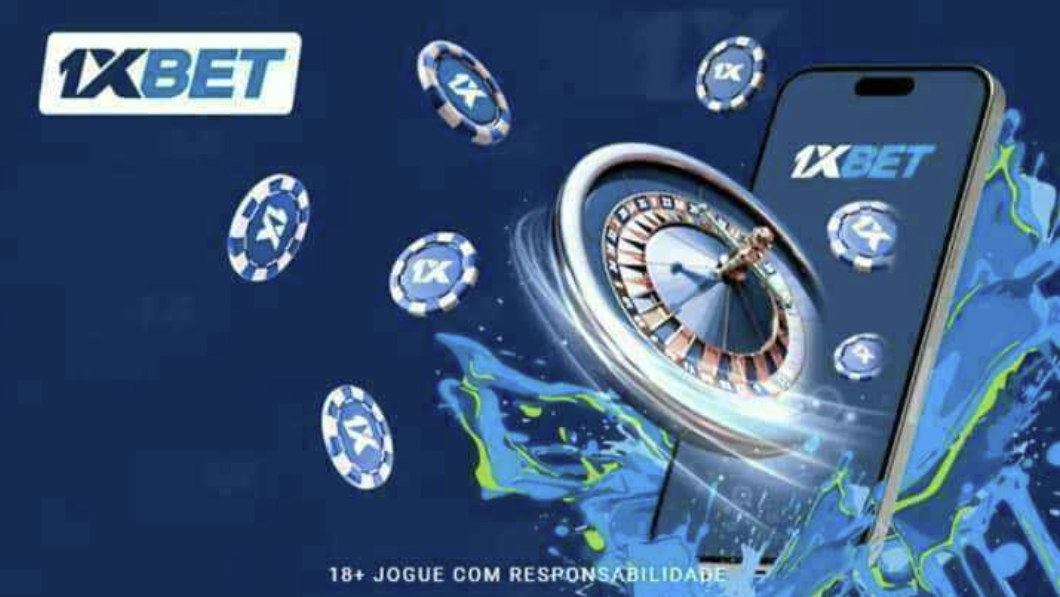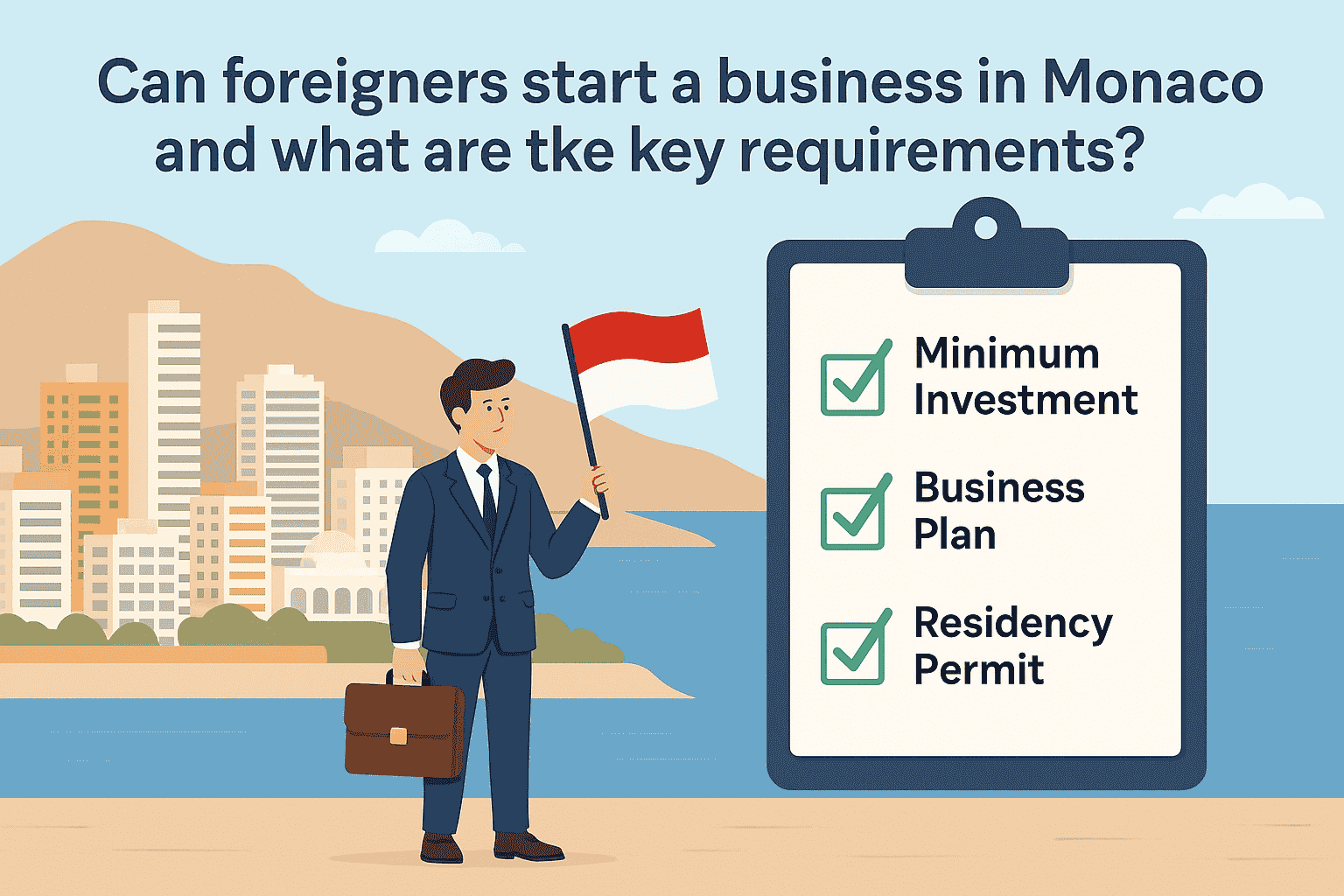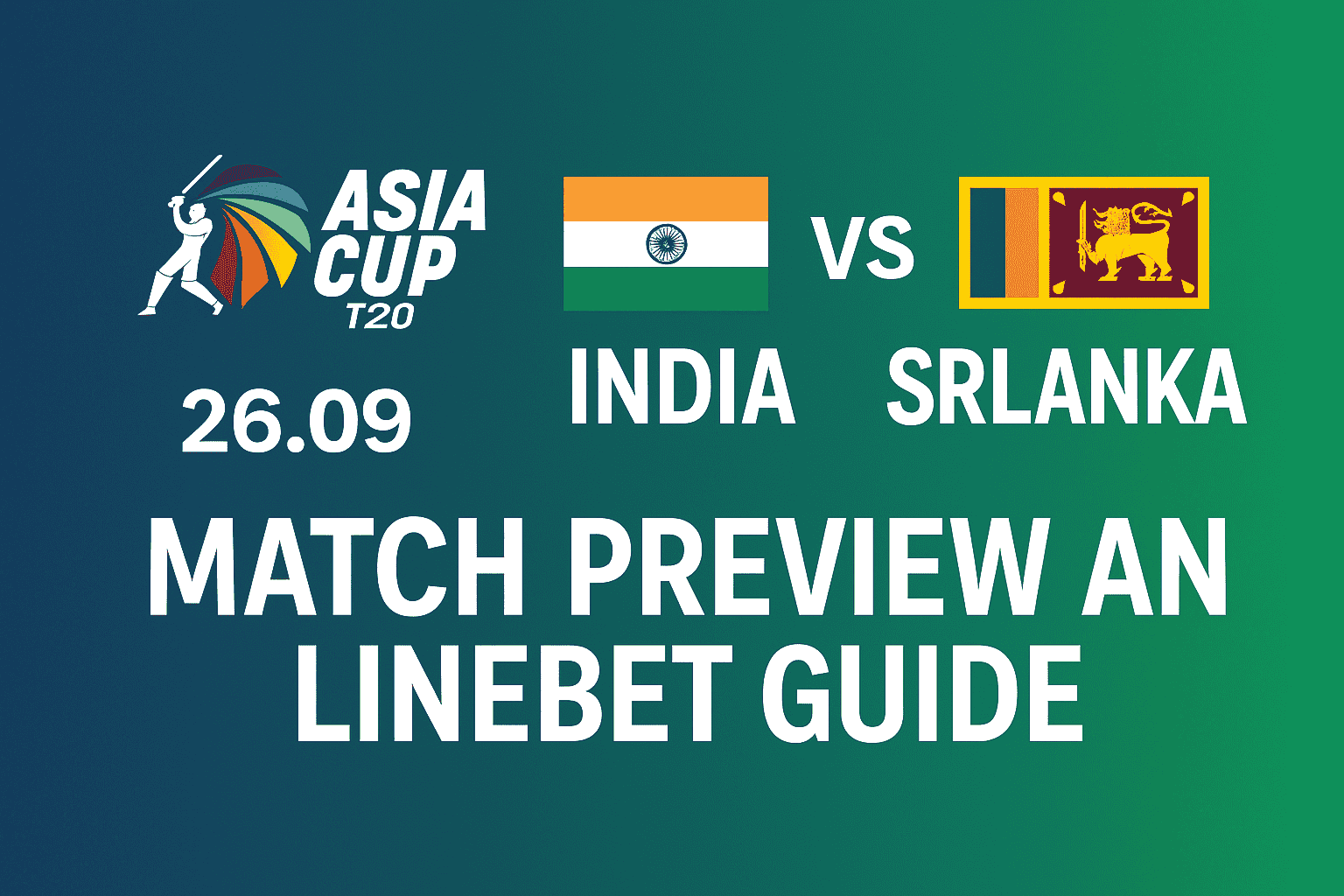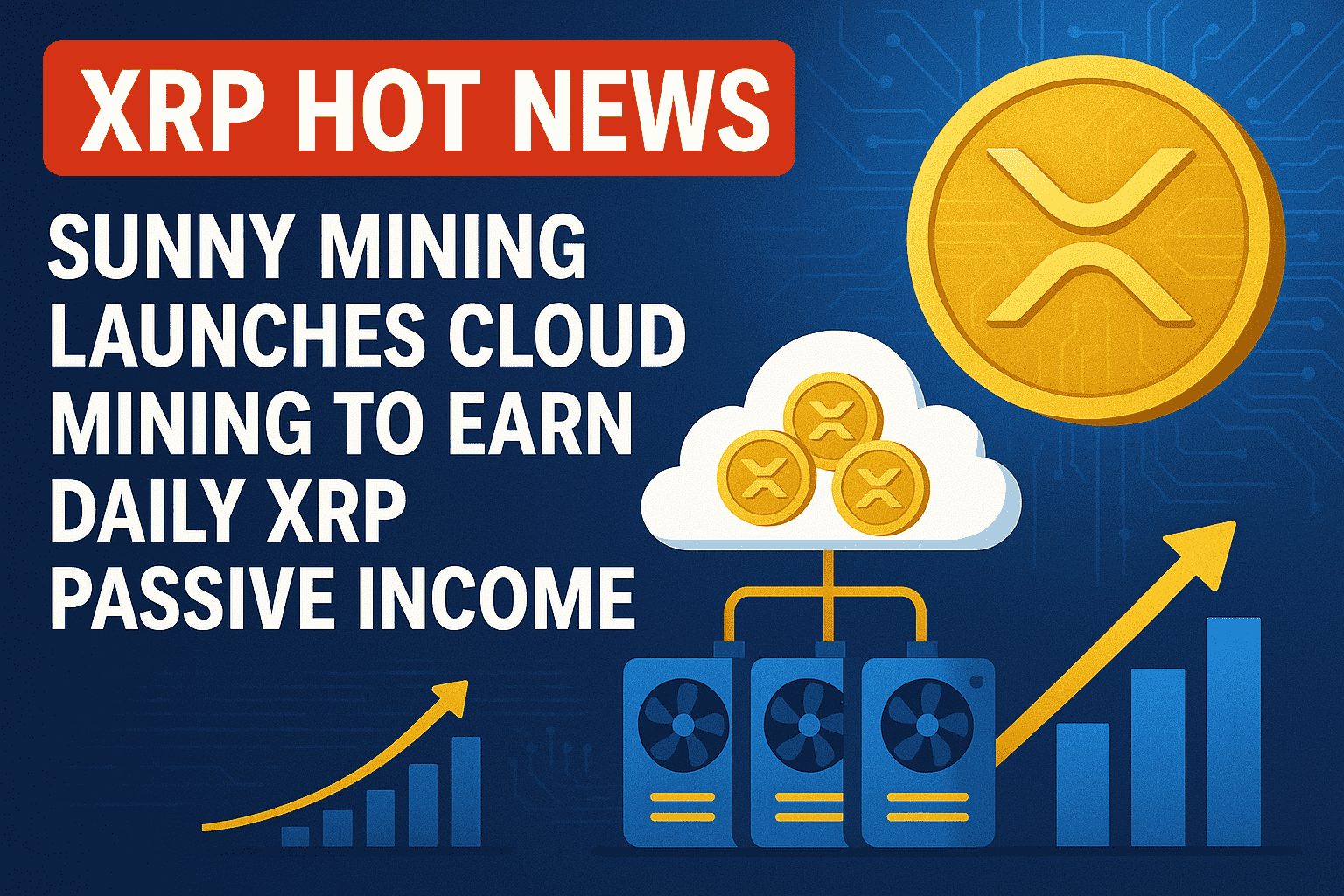How to Price Your Book for Maximum Profit and Reach
Pricing a book is one of the most challenging decisions an author faces. Set the price too high, and you risk scaring away potential readers. Set it too low, and you undervalue your work or limit your ability to earn profit. Striking the right balance between profitability and reach is essential to building both sales momentum and long-term success.
Unlike other products, books carry an emotional and intellectual value — readers don’t just buy them for entertainment or information, but also for the perceived worth of the author’s expertise, storytelling, or ideas. Understanding the psychology of pricing, combined with solid market research, can make the difference between a book that languishes on the shelf and one that becomes a bestseller.
This article explores proven strategies to help authors and publishers set prices that maximize both reach and profit.
1. Understand the Factors That Influence Book Pricing
Before setting a price, it’s important to know the key factors that affect how much readers are willing to pay.
-
Genre: Romance, mystery, and fantasy often sell at lower price points, while business, self-help, and academic books command higher prices.
-
Format: E-books are expected to be cheaper than print editions, while audiobooks often carry premium pricing.
-
Length: Longer books tend to justify higher prices, although exceptions exist depending on quality and niche.
-
Author’s reputation: Established authors with loyal readerships can price higher. Debut authors often start lower to attract buyers.
-
Market expectations: Readers have an idea of what a “reasonable” price is within each genre. Going too far outside that range can hurt sales.
2. Research Competitor Pricing
Competitor analysis is crucial in pricing decisions.
-
Look at top sellers in your genre: Check Amazon, Barnes & Noble, and other retailers to see the average pricing range.
-
Study indie vs. traditionally published prices: Self-published authors often price lower than large publishers, but sometimes underpricing can work against you.
-
Consider regional variations: Prices may differ across markets like the U.S., UK, or Nigeria.
Lesson: Your book doesn’t have to be priced exactly like others, but knowing the benchmarks helps you stay competitive.
3. The Psychology of Pricing
Readers don’t evaluate prices logically — they respond emotionally. That’s why psychological pricing strategies work so well.
-
Charm pricing: $2.99 feels significantly cheaper than $3.00. Similarly, $9.99 often sells better than $10.00.
-
Anchoring: Offering multiple formats (e-book, paperback, hardcover) lets readers compare, often making mid-tier options feel like the best value.
-
Perceived value: Higher prices can sometimes signal higher quality, especially in nonfiction or professional books.
4. Pricing for E-books
E-books provide flexibility since production costs are lower than print, but pricing still matters.
-
$2.99–$4.99: The “sweet spot” for many self-published fiction authors. Affordable enough for impulse buys, profitable enough for volume sales.
-
$5.99–$9.99: Works well for nonfiction or established authors who deliver premium content.
-
$0.99 promotional pricing: Often used for short-term promotions to boost visibility and rankings, especially for the first book in a series.
Tip: Avoid always pricing at $0.99. It may devalue your work and make it hard to raise prices later.
5. Pricing for Print Books
Print books have higher costs, including printing, distribution, and shipping.
-
Paperback pricing: Typically ranges from $9.99–$16.99, depending on genre and length.
-
Hardcover pricing: Higher, usually between $19.99–$29.99, appealing to collectors and gift buyers.
-
Consider print-on-demand (POD) costs: Ensure your price covers production, retailer cuts, and leaves room for profit.
Strategy: If using both e-book and print formats, position the print edition as premium while keeping the e-book at a more accessible price.
6. Pricing for Audiobooks
Audiobooks are increasingly popular and often command premium pricing due to production costs.
-
Typical range: $14.95–$24.95 depending on length and content.
-
Subscription models: Platforms like Audible may adjust prices dynamically, but you still earn royalties based on length and pricing tiers.
-
Bundling strategy: Offer discounts when readers buy the e-book + audiobook together to boost sales across formats.
7. Experiment With Pricing Strategies
The beauty of modern publishing is flexibility. You can experiment with pricing to find the sweet spot.
-
Introductory pricing: Launch your book at a lower price to attract early readers, then raise it gradually.
-
Discount campaigns: Use limited-time discounts to boost rankings, then return to full price.
-
Price pulsing: Alternate between regular pricing and temporary discounts to maintain momentum.
-
Series pricing: Make the first book in a series cheaper (or even free) to hook readers into buying later installments.
8. Balance Profit With Reach
The ultimate goal is not just to earn money, but also to expand your readership.
-
Lower pricing = more reach: Attracts new readers, boosts rankings, and encourages word-of-mouth marketing.
-
Higher pricing = more profit per sale: Better suited for established authors or niche nonfiction with high value.
-
Hybrid approach: Start with reach-focused pricing (lower) and gradually move toward profit-focused pricing (higher) once you’ve built an audience.
9. Use Promotions and Discounts Strategically
Discounting can drive massive visibility, but it must be used wisely.
-
Kindle Countdown Deals or Free Promotions: Great for boosting rankings and attracting reviews.
-
Holiday sales: Align promotions with high book-buying seasons (e.g., Christmas, New Year, back-to-school).
-
Book bundles: Sell multiple titles together at a discounted price to increase average order value.
Warning: Don’t overuse discounts. If readers expect your book to always go on sale, they’ll never pay full price.
10. Direct Sales and Alternative Channels
Selling only through Amazon or major retailers limits your control over pricing.
-
Sell directly on your website: You can set your own prices, offer bundles, and keep higher profits.
-
Leverage Patreon or subscriptions: Offer exclusive access to readers for a monthly fee.
-
Corporate or bulk sales: For nonfiction, target businesses, schools, or organizations that might purchase in bulk at negotiated rates.
11. Monitor Data and Adjust
Your first price doesn’t have to be your final price. Use data to guide adjustments.
-
Track sales trends: Note when sales spike or decline in response to pricing changes.
-
Check reviews and feedback: Sometimes pricing influences reader expectations and satisfaction.
-
Experiment regularly: Test small adjustments to see how they affect reach and profit.
Case Studies in Book Pricing
-
Amanda Hocking (Self-Published Romance Author): Priced her e-books at $0.99–$2.99, selling millions and eventually landing a major publishing deal.
-
James Clear (Atomic Habits): Positioned his book at a premium price ($16–$20 hardcover) backed by strong branding and value, selling millions worldwide.
-
Indie Authors in Series Fiction: Many use a “loss leader” strategy, offering Book 1 free or very cheap to drive sales of the full series.
Final Thoughts
Pricing is both an art and a science. The right strategy depends on your genre, format, audience, and long-term goals.
-
If you want reach, lean toward lower prices, especially for e-books and debut works.
-
If you want profit, build a reputation and position your book as a premium product.
-
If you want both, use a flexible pricing strategy that adapts to different stages of your author journey.
The key is to remain adaptable. Pricing isn’t static — it evolves with your career, your readership, and the market. By combining research, psychology, experimentation, and strategy, you can set prices that not only maximize profit but also expand your reach in today’s competitive book industry.


